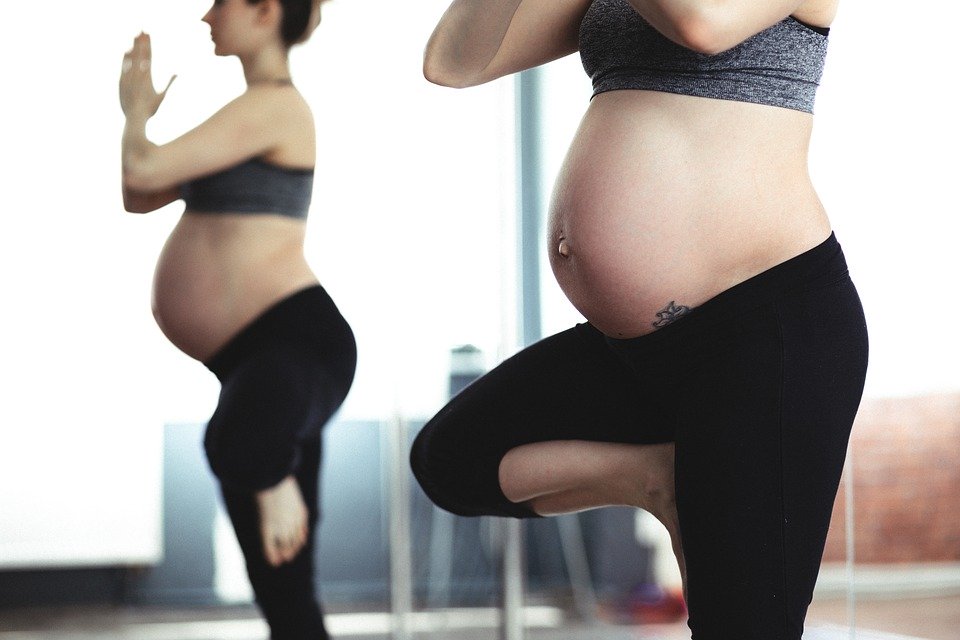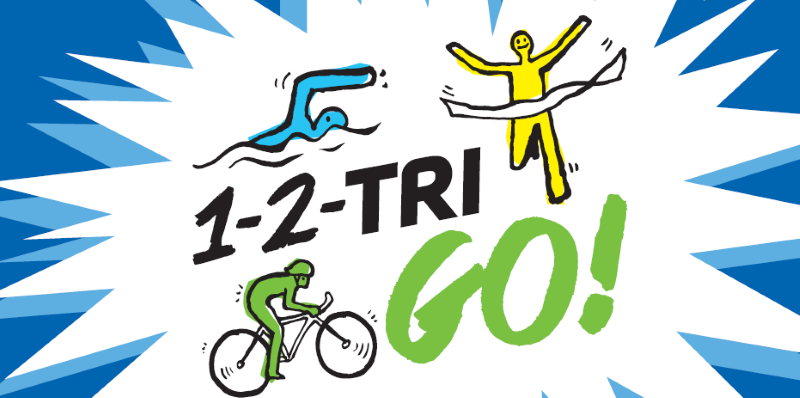by Janna Mazzarolo, Strength & Conditioning Coach
In the strength and conditioning world, training plans take an athlete’s whole season into consideration. There are periods of time when skills are developed and capacity is increased, when maintenance and injury prevention are the focus, and when athletes are instructed to rest and recover.
During pregnancy, women can follow a similar training approach to staying active and healthy, while keeping Baby safe during each trimester.
NOTE: At all stages of pregnancy, it’s important to seek medical clearance from your doctor before starting an exercise program.
First Trimester
In the first trimester, significant physical and psychological changes are happening. All women experience them differently. Activity choices that respect the way a woman feels on a given day will support a healthy pregnancy.
Examples of first trimester training goals may include:
- Develop optimal breathing patterns and strategies
- Train/strengthen the core and balance the tone of the pelvic floor
- Maintain or increase strength
- Maintain or develop a solid aerobic foundation
- Support healthy weight gain
It is essential to the health and happiness of both Mama and Baby, that training goals are approached and realized in a way that does not over-stress the woman’s body. That said, adequate rest between training sessions is a must — this applies to all trimesters.
Second Trimester
During the second trimester, some women start to notice their bodies beginning to change shape. Posture, breathing, movement strategies and mindset around self-image may also begin to change too.
Examples of second trimester training goals may include:
- Continue to develop optimal breathing patterns and strategies
- Continue to train/strengthen the core and balance the tone of the pelvic floor
- Reduce the incidence of back and pelvic pain
- Practice strong alignment and movement variability
- Avoid exercises that may exacerbate diastasis recti (abdominal separation)
- Maintain general muscle strength and cardiovascular fitness
Third Trimester
As Baby grows, Mama grows. For some women, this increase in size is uncomfortable, both physically and mentally. At this stage, it may be necessary to consider mindset work around the topics of body image and expectations regarding post partum body size.
For some women, sleep can also become challenging. In the context of training, this means that recovery will be slower and the impact of training will be more significant. Training intensity may need to be scaled back to respect this shift.
Examples of third trimester training goals may include:
- Continue to develop optimal breathing patterns and strategies
- Continue to train/strengthen the core and balance the tone of the pelvic floor
- Maintain a comfortable level of activity
- Reduce discomfort related to body changes
- Incorporate birth-preparation exercises
- Minimize bulging or doming of the anterior core
- Minimize downward pressure on the pelvic floor
The third trimester is the time to make sure that a woman is best prepared for the experience of birthing her baby. This will mean something different to every woman, and training goals must take each woman’s unique experience of pregnancy into consideration.
Fourth “Trimester”
The first few months after birth is considered by some to be a fourth trimester. It goes without saying that this can be an intense time for a mother. Healing from birth takes time. Period.
Women need to ask for help, rest whenever possible/as much as possible and support their bodies with nourishing food.
Examples of fourth trimester training goals may include:
- Heal and recover from labor and delivery
- Work to re-establish an optimal breathing pattern
- Rehab and retrain the core and pelvic floor muscles
- Practice contracting and relaxing the pelvic floor muscles
- Relieve aches and pains
- Begin a gentle walking routine
- Practice strong alignment and movement/positional variability as much as possible
Pelvic Health Physiotherapy (All-Trimesters)
Pelvic health physiotherapy can be helpful during all stages of pregnancy; it can help make pregnancy a more comfortable experience and can help a woman prepare her body for birth.
The experience of carrying and birthing a baby is one that a woman’s body holds forever. Although it is great to see a pelvic health physiotherapist soon after birth (6 weeks postpartum is a common recommendation), it can still be beneficial 20 years later.
Pelvic health physiotherapists provide hands-on/manual techniques, exercises, and education to help optimize pelvic floor control and postural alignment.
The following is a list of some of the common conditions treated by pelvic health physiotherapists:
- Pelvic, tailbone, or low back pain
- Diastasis recti (abdominal separation)
- Pressure or heaviness in pelvic floor
- Hemorrhoids
- Difficulty emptying bladder or bowels
- Urinary or fecal incontinence
- Pain during sex
To learn more about prenatal and postpartum physiotherapy care, refer to the information shared by Diane Lee & Associates: http://dianelee.ca/service-postpartum-screen.php
Prenatal Fitness at Fortius
The Prenatal Fitness program offered at Fortius Sport and Health has been designed to educate and support women who wish to stay active during pregnancy. It is a small group physiotherapy-supervised program based on up-to-date medical guidelines for improving health and fitness during pregnancy.
The program focuses on core strength, stability, posture, and the development of optimal movement strategies. The program is run by physiotherapists, exercise physiologists, registered dietitians, and strength and conditioning coaches. It is appropriate for women in all stages of pregnancy who have been medically cleared for exercise.
Did you know Triathlon BC members receive a preferred rate on select injury prevention and performance testing? If you’re a current Triathlon BC member, Redeem here to save up to 25% using promo code TriFortius2018.




